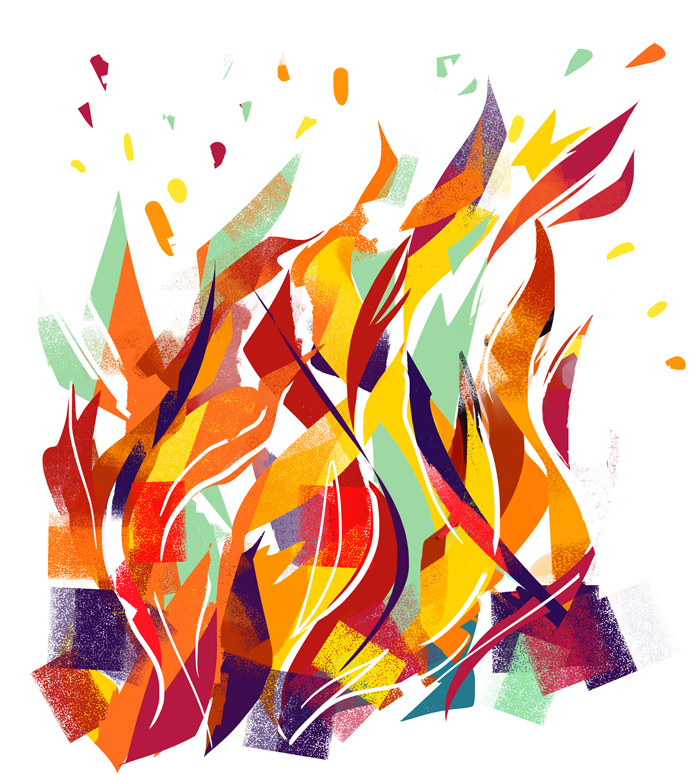Every passing summer brings forth the recurring and growing problem of forest fires in British Columbia, as well as in neighbouring provinces and states south of the border. Provincial governments have been tasked with preparing and dealing with fires that seem to be affecting larger and larger areas of land, and appearing in greater frequency.
The main sources of wildfires are dry wind conditions, which cause tinder in forests to ignite (by rubbing with great friction), and dry thunderstorms—when rain evaporates before hitting the ground but lighting continues to strike. These storms pose major problems for many areas during dry summer seasons, when fires caused by lightning continue to burn uncontrollably. Over the past year, British Columbia saw its worst season of wildfires since 1958, with over 900,000 hectares of land burned since April 1, and over $220 million in costs to the B.C. Wildfire Service. The province held itself in an extended state of emergency until Sept. 15, 2017, forcing many interior communities to evacuate from the threat of fire and the intense amounts of drifting smoke.
This rivals the Fort McMurray wildfire that started on May 1, 2016 in Alberta, which scorched almost 590,000 hectares of land. The wildfire present in B.C. at the end of August was around 467,000 hectares in size, not including parts of land already burned which equated to a total of 900,000 hectares once it had begun to settle. At its peak, the longest stretch of fire extended over 130 kilometres. Even now, large portions of land are still suffering from active fires. According to the B.C. Wildfire Service, these fires cover land in Kamloops, Williams Lake, and Quesnel, among many other areas.
Although land formations, such as vast rock ridges, may constrain fires, other formations such as valleys act as funnels for wind, directing flames toward certain areas. Other areas of B.C.’s interior are very hard to navigate, resulting in many sections of fires being challenging to access by land and air, making it difficult for responders to approach the fire directly.
In Quebec, this summer has had moderate wildfire incidences compared to the most active provinces. According to the Société de protection des forets contre le feu, there are no major or minor fires affecting the province. Fortunately, all of the major fires were contained over the summer despite an increase risk in fires due to constant dry wind weather that the province faced.
If you plan on having a bonfire in the great outdoors before Winter begins, make sure that it is contained and watched; these massive forest fires start from a mere spark and can rapidly escalate.








